Denali rescuers reveal challenges from ‘entitled’ climbers
Late on the night of June 11, the call came: Another climber needed to be evacuated off of Denali. This man set off the 16th major search and rescue effort of the 2022 season — with three people having already died on the mountain.
Located in Denali National Park and Preserve in Alaska — 237 miles north of Anchorage and just 85 miles below the North Pole — it is the tallest mountain in North America, topping out at 23,710 feet. Denali also ranks as one of the continent’s most treacherous peak to climb.
“The problem is that people think they are entitled to rescue. It’s a big ask, no matter where you are,” Tucker Chenoweth, South District Ranger for Denali National Park and Reserve, told The Post. “But if you put yourself in a high altitude, arctic environment, that is your choice. You have to go into it with the attitude that you will do everything you can to help yourself.”
Too often for guides, said Wyatt Evenson, Alaska and Seven Summits Coordinator and Guide with American Alpine Institute, “It is high-altitude babysitting.”
Denali has been the source of 123 fatalities since 1932. And that’s with it being used by adventurers for just three months out of the year: Before late April, it is too cold for even the most intrepid to handle; after mid-July, warm weather causes snow to melt and creates perilous conditions due to soft-spot crevasses in the mountain, through which hikers can fall to their deaths.
“The crevasses become like trap doors with 200-foot drops,” Chenoweth said. “They become difficult to navigate safely.”
When the recent call came for help, a group of rangers and an Air National Guard Para-Rescueman, also known as a PJ, were, fortunately, a mere half-mile away from the imperiled climber.
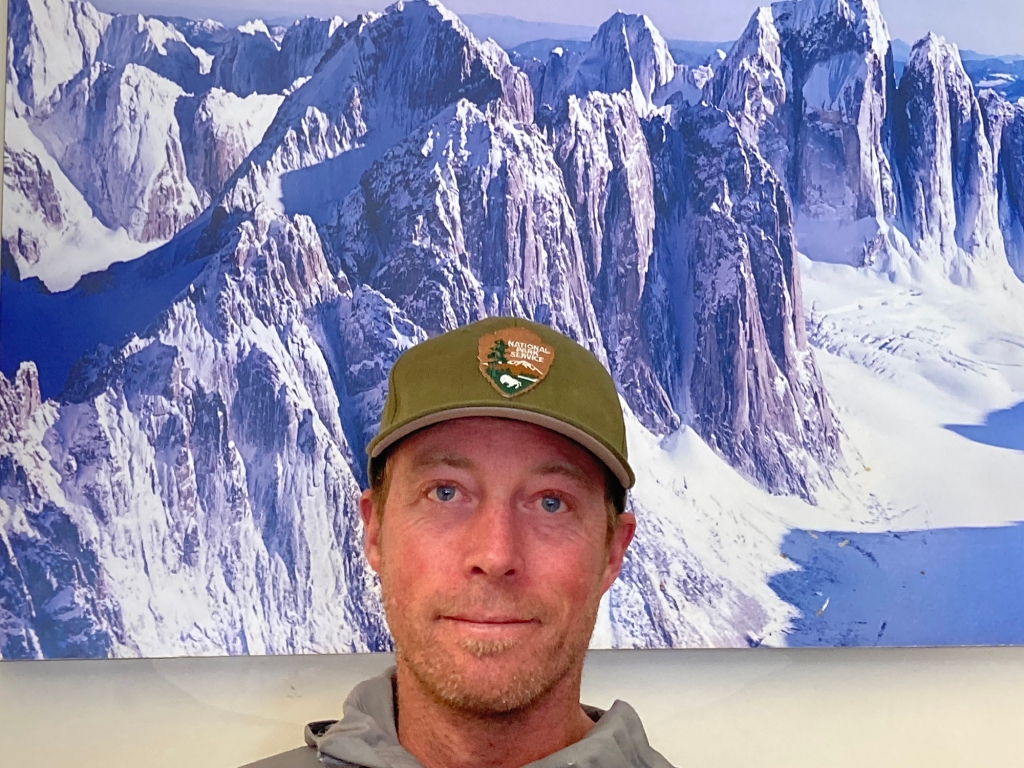
He had fallen nearly 1,000 feet, going from an altitude of around 18,000 feet to 17,100 feet. “He came to rest in a snow field,” Matt Steible, the attending PJ who also functions as a paramedic, recalled to The Post. “He activated his personal beeper [a satellite communications device, brought in by climbers, that can send SOS signals] and we headed in to save him.”
The five-person posse trekked across frozen snow, wearing crampons to step upon hard-packed ground-cover that can suddenly become ankle-deep or even cover a crevasse, in order to reach the injured climber.
“It took us 20 or so minutes,” said Steible. “He complained of neck pain and shortness of breath. Frostbite was developing on his hands and fingers. We placed him in a litter” — basically, a cross between a portable stretcher and a toboggan, secured with rope — “and did an 800-foot descent with him. We slid the litter down the snow, which, luckily, was nice and smooth.”
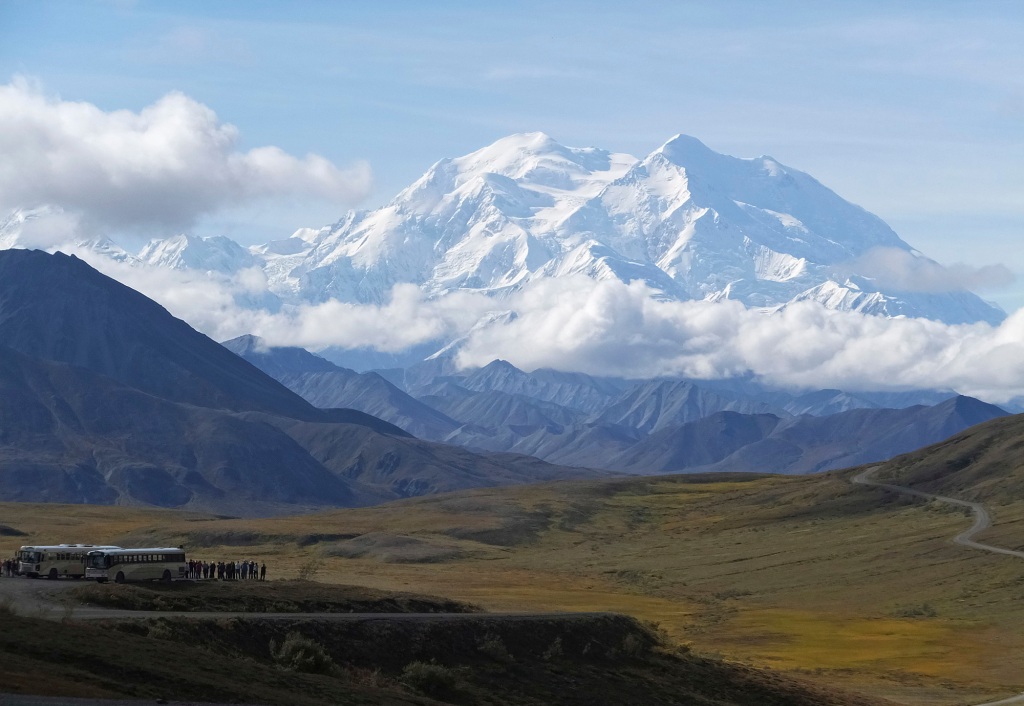
The park’s A-Star B3e helicopter, stripped down to limit weight and outfitted with an internal oxygen system, had already been called to the lower site. But flying conditions were bad and visibility was abysmal.
As explained by Chenoweth, “We also had a military plane guiding the helicopter from weather hole to weather hole,” which are spots of calmer weather than in the surrounding area, all of it hampered, in this case, by nearby wildfire smoke. “The airplane pilot looks for holes in the cloud cover and tells the helicopter pilot where to go. The plane continued to circle while the helicopter did what we call a tow-in landing: It was still flying but touched down on the snow. We loaded the patient into the helicopter and the pilot flew him down to 1,4000 feet where a paramedic joined them for a flight to Talkeetna [a town near the bottom of Denali]. He was then put into a LifeMed helicopter and taken to the local hospital for emergency spinal surgery. I heard that he is doing okay.”
How did the rescue crew feel about it all? “We were pumped to have pulled it off and potentially saved a life,” said Steible.

“When we save a life,” Chenoweth said, “it reminds us of why we do our jobs. Too often, we’re doing body recovery.”
But, from Denali, that is no easy task.
“If we find the body, we hand it over the coroner,” Daryl Miller, formerly the South District Ranger for Denali, told The Post. “If [a climber] dies at 17,000 feet, we longline him in a body bag to 14,000 feet and fly him out in a plane. You have emergency contact information, get a pastor and have [the pastor] deliver the news. What do you say? ‘Your son died in an avalanche’? If there is no body, you have a presumptive death hearing four- to six-months later. That makes it official.”
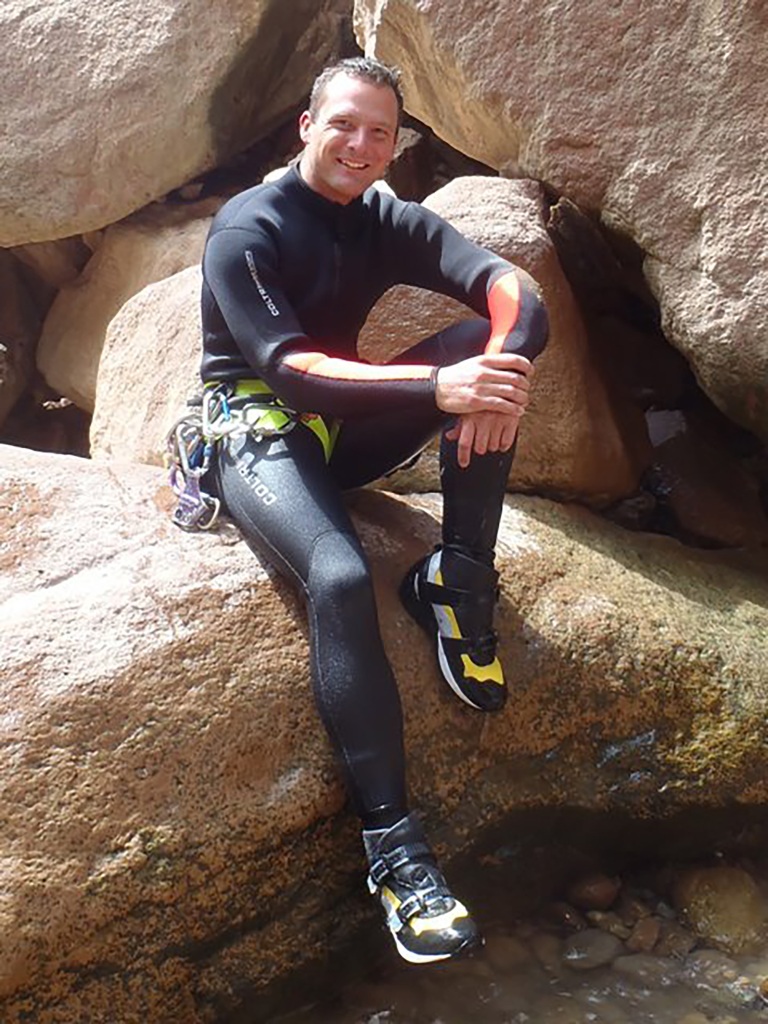
Denali’s already been the site of three fatalities this season. One victim of the mountain, Matthias Rimml of Austria, was making a solo descent, lost his grip on the rope and dropped some 200 feet to his death. Another fell into one of the deadly crevasses. A third suffered cardiac arrest in the thin, high-elevation air.
“Denali is a dangerous mountain with a robust commercial climbing element,” Andy Hall, author of “Denali’s Howl: The Deadliest Climbing Disaster on America’s Wildest Peak,” told The Post. “The danger is that it can be really benign and pleasant one day” — with nearly 24 hours of daylight in summer — “but then it turns lethal the next.”
Hall recalled an extreme story from a hiker who survived brutal conditions during the spring of 1990, when frigid gusts rose up to 80 miles per hour: “The wind knocked him down and he referred to it as ‘being in the blender’” — meaning the blasts of air were powerful enough to spin him around. “Another guy looked into the wind and his corneas froze.”
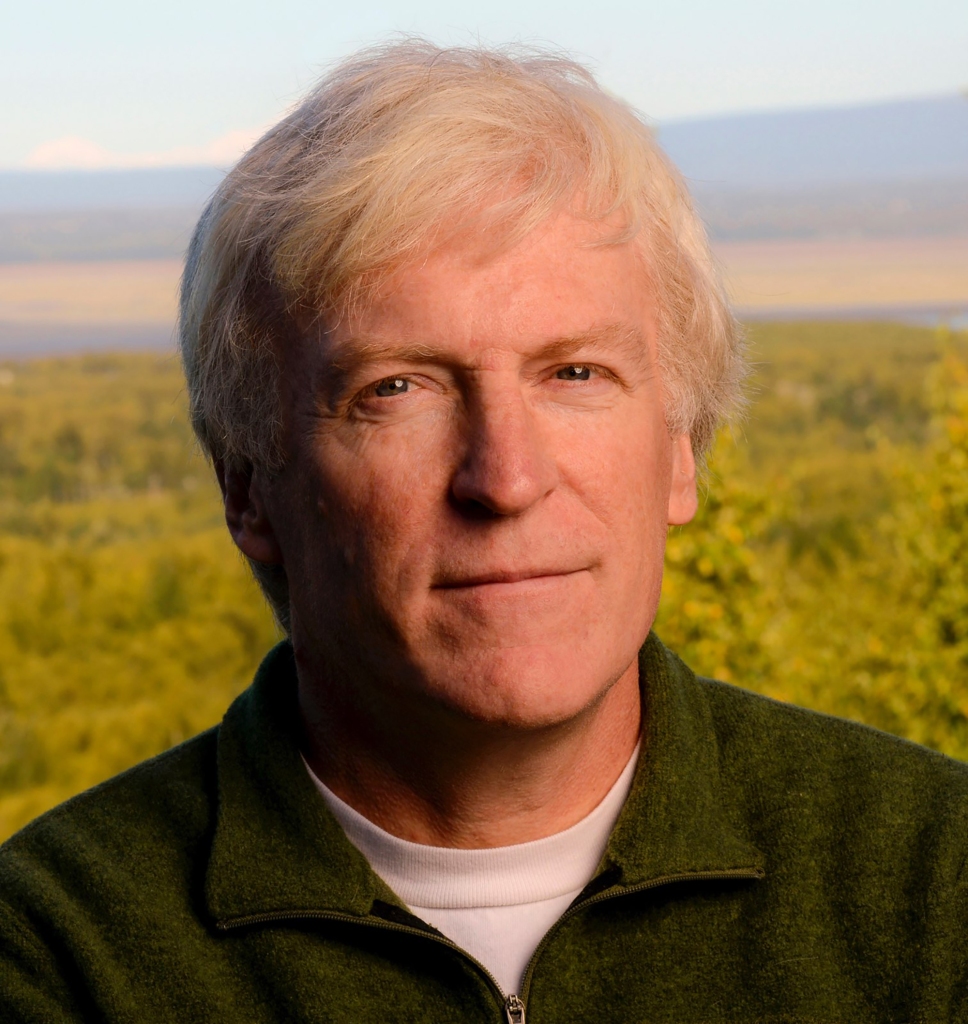
And climbers on Denali cannot fully expect to get rescued. Though there are climbing rangers specifically trained for saving lives on the mountain, people in need only get helicoptered off for conditions that are described as threatening to “life, limb or eye.” Everything else is considered frivolous.
That lesson was learned the hard way by Dr. Jason Lance of Green Mountain, Utah. He was accused, in a Department of Justice press release, by U.S. attorney John E. Kuhn, Jr., of “impeding the investigation of a near fatal accident and attempting to secure a helicopter rescue under misleading premises” after abandoning his ascent to the top. Lance ultimately descended without assistance.
Later, at the request of a mountaineering ranger, Lance is alleged by the United States Attorney’s Office, district of Alaska, to have initially refused to turn over the satellite device from which he is said to have called for help. When he did, messages had allegedly been deleted. He pleaded guilty to violating a lawful order and received a $10,000 fine and a five-year ban from Denali.
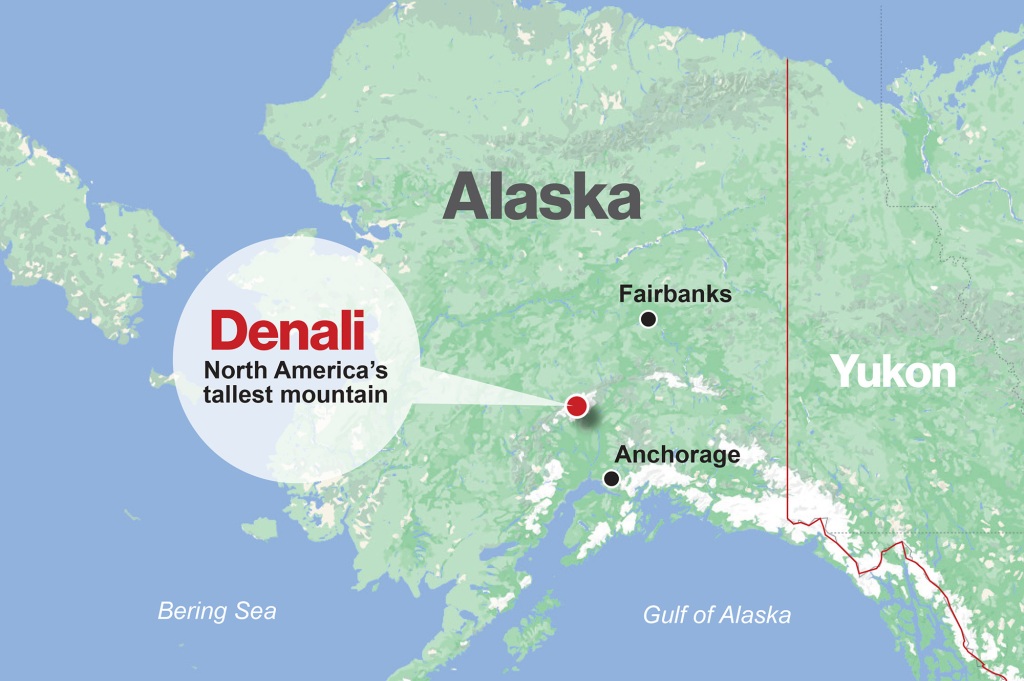
Others wind up much worse.
“A fall on Denali is often 1,000 to 2,000 feet; some survive it but not many,” said Miller. “Some freeze to death. The most frequent injury on Denali is frostbite. If you have it in your hands, you can’t climb. Get it badly enough in your feet and you can’t even walk. Once you are non-ambulatory, you are in danger of dying. We have to get you off the mountain.”
But when flying conditions are rough, which seems to be much of the time, sending a helicopter for even the most extreme situations becomes a judgment call.
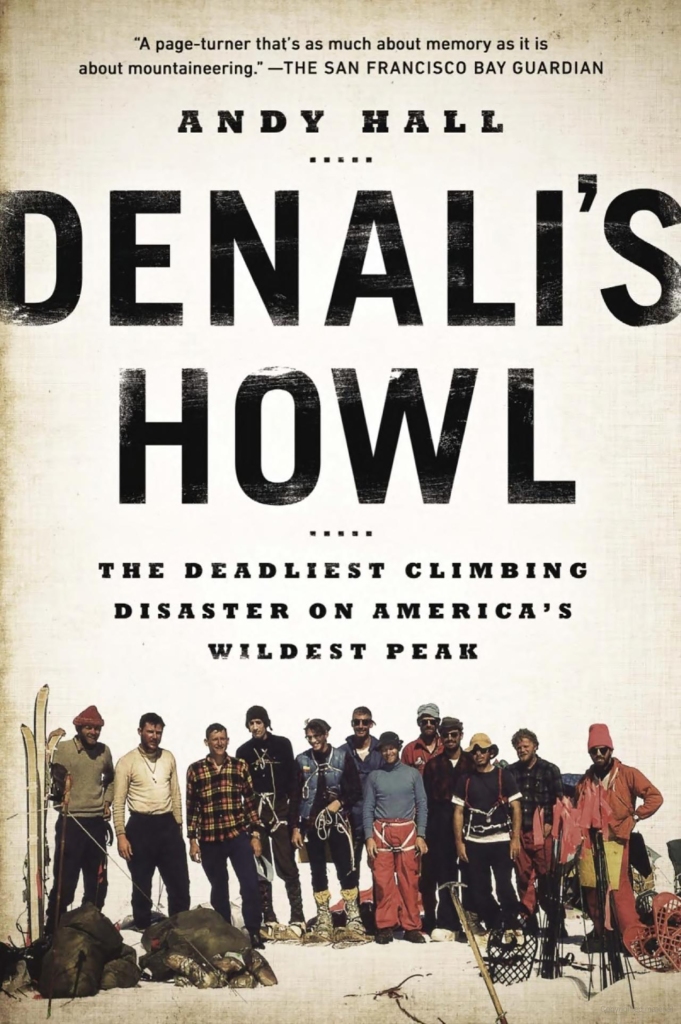
“We had an accident at the Denali Pass,” recalled Chenoweth. “There was a fall with two fatalities and the third climber was a life-threat. It was 1 o’clock in the morning, light was flat and it was too dangerous to fly in there. I had to say no. [The remaining climber] had to survive through the night. We got in the next morning and he was still alive. Rangers were on the scene and the guy ended up okay.”
For Chenoweth, “Rescuer safety is the priority. My job is to make sure our rangers come home with their fingers and toes intact.”
There is also a level of reality that climbers should bring to Denali.
“I don’t know if self-awareness is a trait that a lot of people grasp,” Evenson told The Post, adding that the majority of people on the mountain have positive experiences but that lack of preparedness can sour an adventure. “If you can’t figure out how to walk on crampons, Denali is not for you. I had a guy who completed a final preparation course with me. He did fine and it went to his head. He gained weight over three months and was not fitness-ready for the climb. After a day-and-a-half, his knee bothered him severely.
“Another guide and I got up in the middle of the night and walked him down to base camp. He invested time and money — $10,000 — and did not take it seriously. That was disappointing.”
Read the full article Here


